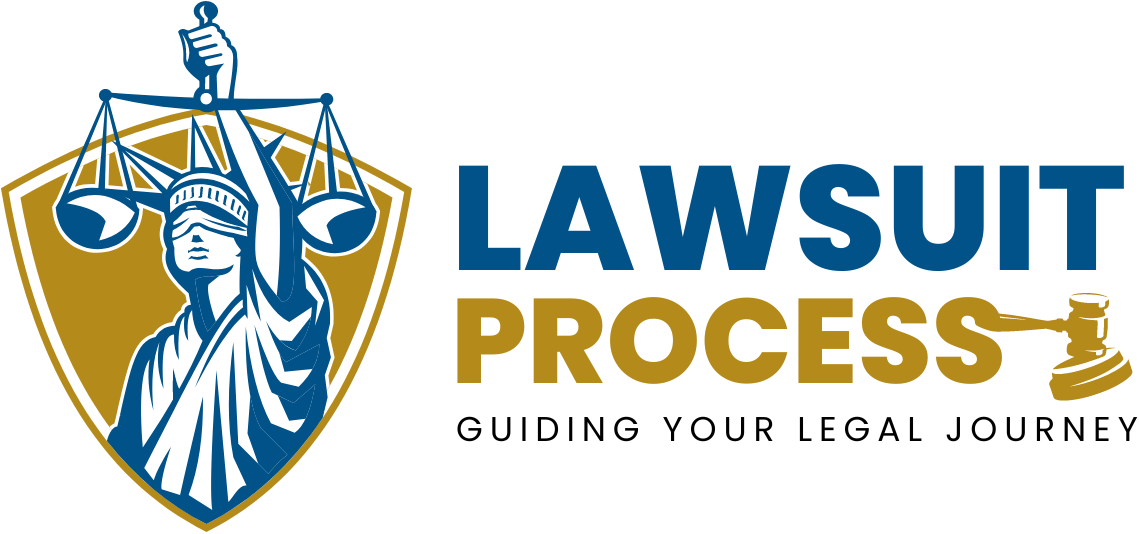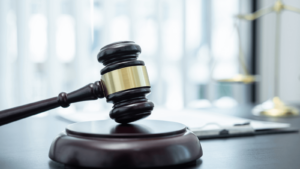Boundary disputes are a common issue in property ownership, where disagreements arise regarding the precise location of a property line between two adjoining properties. These disputes can result from vague or incorrect property descriptions, changes in natural boundaries, encroachments, or disagreements over legal interpretations. When negotiations fail, property owners may resort to filing a lawsuit to resolve the dispute. In the United States, the process of resolving a boundary dispute through litigation involves several steps. This article will provide a detailed overview of the boundary dispute lawsuit process in the United States, including legal grounds, pre-litigation steps, the lawsuit itself, and possible outcomes.
Common Causes of Boundary Disputes
- Unclear Property Deeds: Property deeds might have ambiguous or outdated descriptions, leading to confusion over where the boundary line lies.
- Encroachments: One property owner may build a structure that extends onto their neighbor’s property, leading to conflicts.
- Fences or Landscaping: Disputes can arise when fences, walls, or hedges are placed near or on the property line, leading one party to claim that the other is encroaching on their land.
- Adverse Possession: One party may claim ownership of part of the neighbor’s land due to continuous and hostile possession over a long period of time (varies by state law).
- Changes in Natural Boundaries: Rivers, lakes, and other natural features that define boundaries may shift over time, leading to disagreements over property lines.
Step-by-Step Lawsuit Process for Boundary Disputes
1. Attempt at Resolution Before Litigation
Before heading to court, property owners should take steps to resolve the dispute:
- Survey the Property: Commission a professional survey of the property to clarify boundary lines.
- Negotiation or Mediation: Try to resolve the matter out of court through negotiations or mediation.
- Consulting Attorneys: If no agreement is reached, consult a real estate attorney for advice and guidance on the next steps.
2. Filing a Lawsuit
If negotiations fail, the next step is filing a lawsuit:
- Complaint Filing: The plaintiff files a legal complaint in state court outlining the dispute.
- Service of Process: The defendant is formally served with a copy of the complaint and a summons to appear in court.
3. Pre-Trial Procedures
Once the lawsuit is filed, both parties will go through several pre-trial steps:
- Discovery Phase: Both sides gather evidence, exchange documents, and take depositions.
- Motions: Either party may file motions to resolve procedural or substantive issues before trial.
- Expert Witnesses: Expert witnesses such as land surveyors may testify regarding the boundary issues.
4. Trial Process
If the case proceeds to trial, the court will determine the boundary based on the evidence presented:
- Presentation of Evidence: Each party presents their evidence, including surveys, testimony, and documentation.
- Witness Testimony: Witnesses may be called to testify, including expert witnesses like land surveyors.
- Judge’s Ruling: The judge will evaluate the evidence and issue a ruling on the correct property boundary.
5. Possible Legal Remedies
The court may grant several types of relief, depending on the case:
- Declaratory Judgment: The court may declare the correct property boundary.
- Injunction: An injunction may prevent the defendant from encroaching on the plaintiff’s land.
- Damages: The plaintiff may be awarded damages for harm caused by encroachment.
- Ejectment: The court may order the defendant to vacate the premises if they are occupying the plaintiff’s land.
6. Appeals
If either party is dissatisfied with the court’s ruling, they may file an appeal to an appellate court. The appellate court will review the case to determine if the law was applied correctly.
Alternative Dispute Resolution (ADR) Options
Before or during litigation, some parties may opt for Arbitration or Mediation to resolve the dispute more amicably. Arbitration is less formal than a trial but results in a binding decision, whereas mediation involves negotiation with a neutral third party to reach a voluntary settlement.
Legal Considerations for Boundary Disputes
- Adverse Possession: Continuous use of the land for a certain period (varies by state) may lead to ownership claims under adverse possession laws.
- Easements: Disputes may arise over easements, where one party has legal rights to use part of the other’s land.
- Statute of Limitations: Some states have a time limit for filing boundary disputes, so property owners should act promptly.
Conclusion
Boundary disputes can be complex and emotionally charged. Understanding the legal process and potential outcomes can help property owners navigate the litigation process more effectively. While many disputes are resolved through negotiation, litigation is sometimes necessary to protect property rights. Engaging professionals early, such as surveyors and attorneys, can prevent long and costly legal battles.










